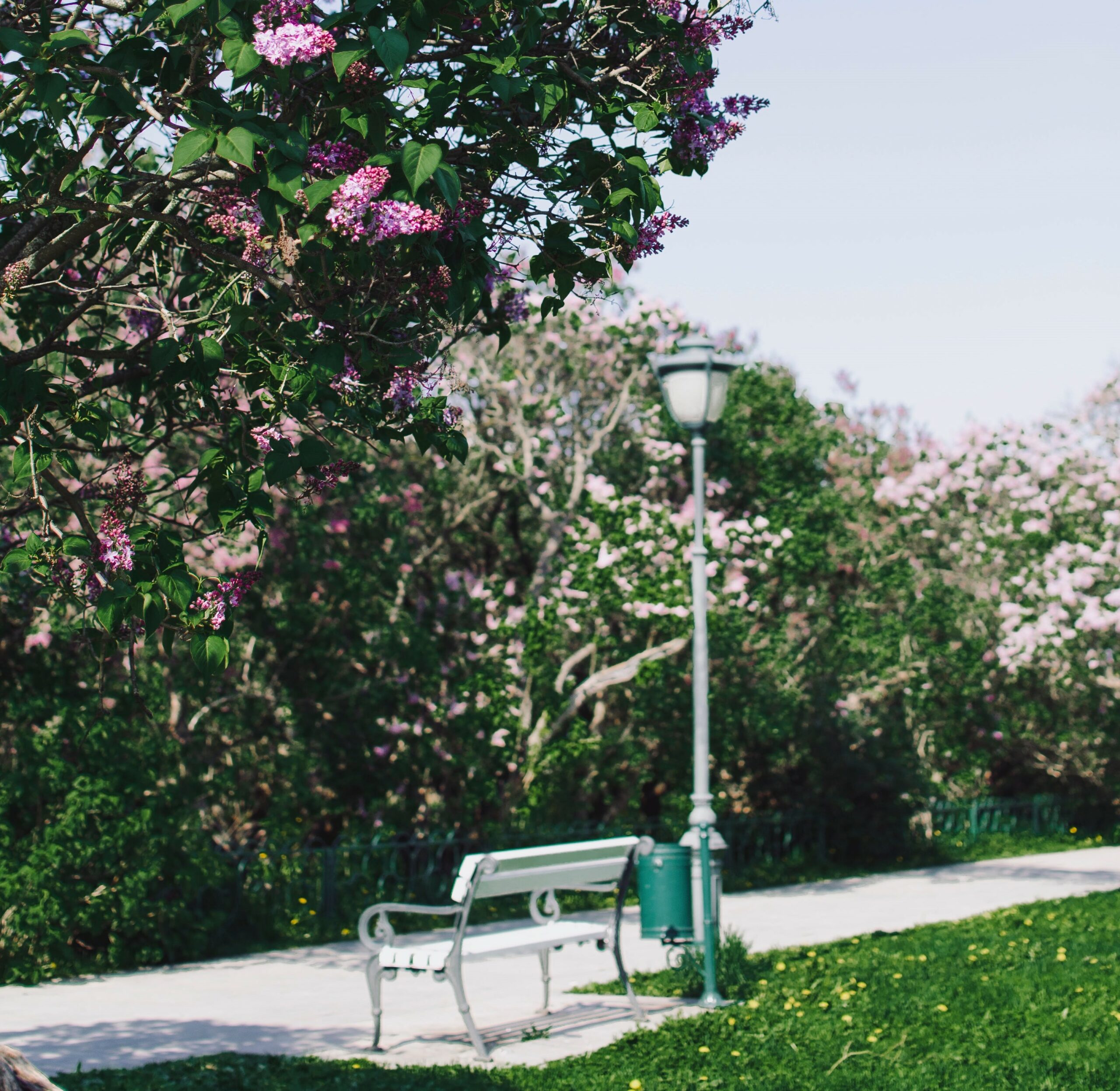How to prune flowering shrubs for more blooms

JACKSONVILLE, Ill. — Have you ever seen a lilac bush that only blooms at the very top, or maybe not at all? Perhaps you’ve seen or have a forsythia bush that doesn’t bloom nearly as prolifically as it once did. This often happens due to a lack of or improper pruning. When done correctly, pruning can help flowering shrubs thrive and produce a bounty of blooms.
Why prune?
Pruning flowering shrubs has several benefits. Pruning will help maintain a plant’s shape, remove dead or diseased wood, and open the canopy, allowing light and air to reach the shrub’s center. For the most part, younger branches and stems will produce more flowers than older plant material. Removing old, unproductive plant material will encourage the growth of new flowering shoots.
When should I prune?
When you prune will depend on when your shrubs bloom. Spring-flowering shrubs, such as lilacs and forsythia, bloom on old wood; this means they set their flower buds the previous year. These plants are typically done blooming by the end of June and should be pruned immediately after they finish blooming in spring. Pruning them in late summer, fall, or winter will remove flower buds and reduce the number of flowers in spring.
On the other hand, summer-flowering shrubs, like most roses and panicle and smooth hydrangeas, bloom on new growth. These should be pruned in late winter or early spring while still dormant. This gives them ample time to set new buds for the upcoming blooming season.
Pruning your shrubs
When pruning, start by removing any dead, diseased, or damaged wood. Two primary types of cuts are made when pruning shrubs: heading and thinning cuts.
- Heading cuts shorten a branch (or the shrub’s height) while still maintaining the plants’ natural form (if not overdone). This is done by removing part of a branch back to a bud. When making a heading cut, prune at a 45-degree angle, about 1/4 inch above a bud facing the direction you want the new growth to go (don’t use an inward-facing bud).
- Thinning cuts remove an entire branch or stem to its point of origin. This will help open the canopy, allowing more light to reach the interior and increase air circulation. Thinning cuts can reduce a shrub’s size without drastically altering its natural shape.
Renewal or renovation pruning
If you have shrubs that have become overgrown or aren’t blooming well, they can be renewed/renovated. This is done by removing 1/3 of the oldest stems yearly over three years. For example, if your shrub has 12 stems coming from the ground, remove four the first year, then four more the second year, and the remaining for the third year.
Rejuvenation pruning
Another option for overgrown shrubs is to rejuvenate them. This is done by cutting all stems back within 4 to 6 inches of the ground in early spring. This will cause the shrub to produce a lot of new shoots during the growing season. These stems should then be thinned out, leaving the strongest stems the following year. Rejuvenation pruning works well on multi-stemmed, twiggy shrubs like red-twig dogwood, spirea, and flowering quince. It can also be done to lilacs. However, they may not bloom for several years after being rejuvenated.
Miss Clipping Out Stories to Save for Later?
Click the Purchase Story button below to order a print of this story. We will print it for you on matte photo paper to keep forever.

